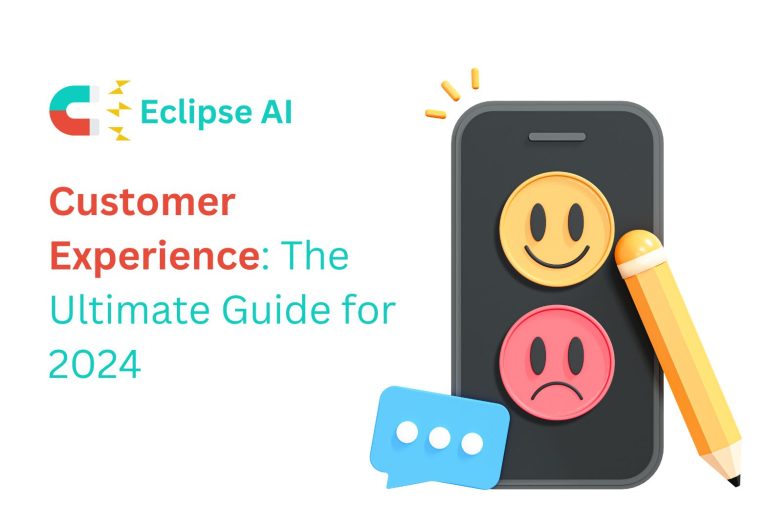

Here’s Why Customer Retention is So Important for ROI, Customer Loyalty, and Growth
In today’s business climate, keeping your existing customers happy is as important as acquiring new ones. Customer retention is one of the most critical aspects of any successful business strategy.









